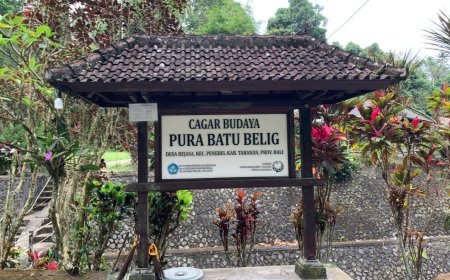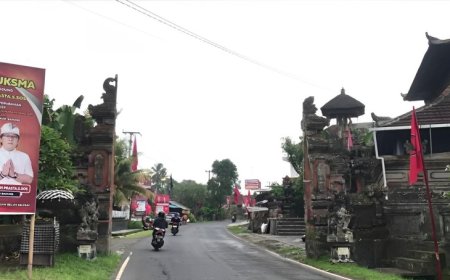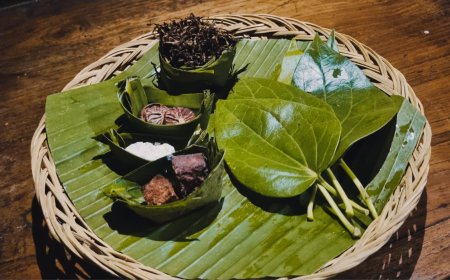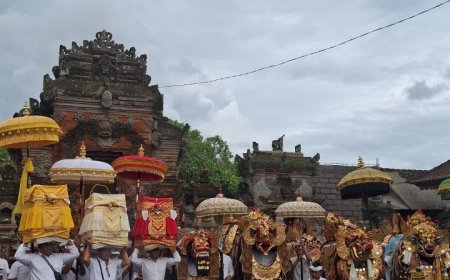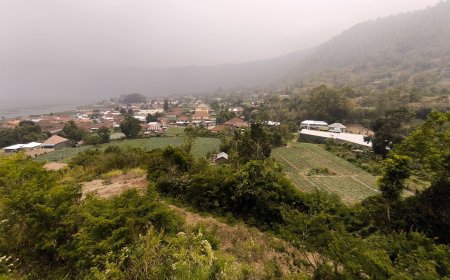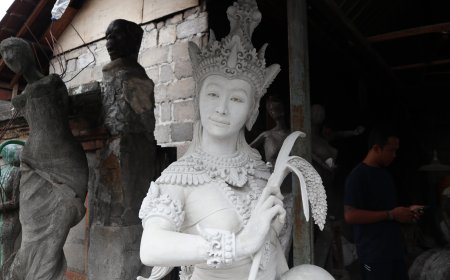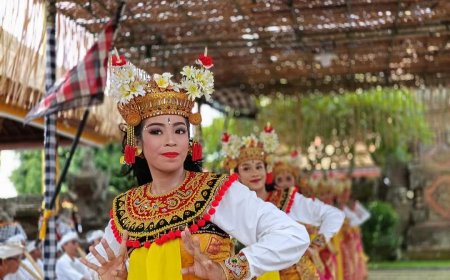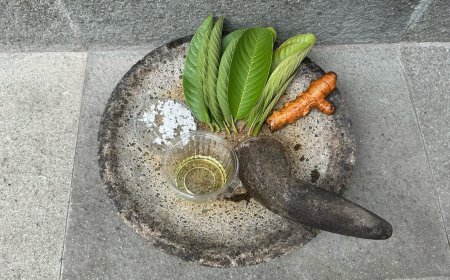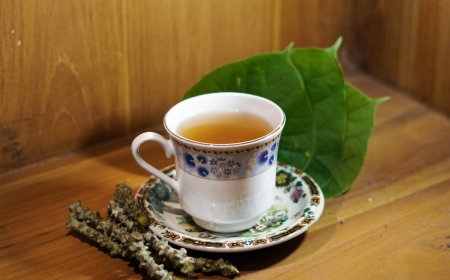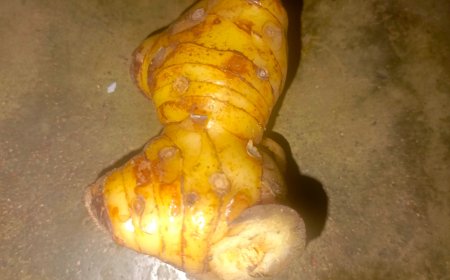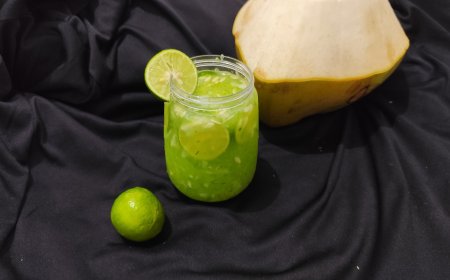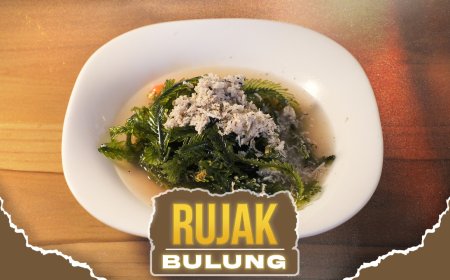Pisang Rai: The Harmony of Bananas and Coconut in Dewata Island's Cuisine
Pisang Rai is a traditional Balinese delicacy that embodies cultural values, local wisdom, and the harmonious relationship between humans and nature. Made from simple ingredients like bananas, rice flour, and coconut, this dish symbolizes togetherness during traditional ceremonies and family gatherings. Besides being healthy and eco-friendly, Pisang Rai also serves as a cultural preservation icon, bridging the traditions of the past with modern life.
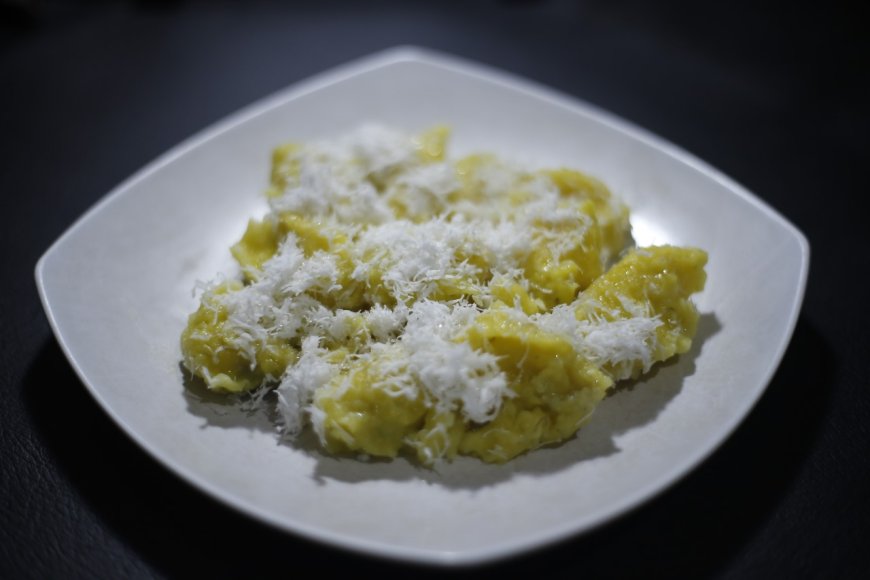
Bali, renowned as a world tourist paradise, captivates not only with its stunning natural beauty but also with its unmatched cultural and culinary richness. One such traditional snack, inseparable from the daily life of the Balinese people, is Pisang Rai. This dish is more than just a snack, it carries cultural significance and often represents the local wisdom of Bali. With its sweet and savory flavors, Pisang Rai combines simple ingredients into a dish that is rich in meaning and full of nostalgia.
Pisang Rai has long been a part of Balinese tradition, preserving the relationship between humans and nature. Historically, Pisang Rai developed in rural Bali as a family snack. Its simple preparation, using local ingredients, reflects the Balinese community's wisdom in utilizing natural resources responsibly. Its filling nature makes Pisang Rai the perfect choice to sustain energy while also playing a part in the tradition of sharing among family members and neighbors.
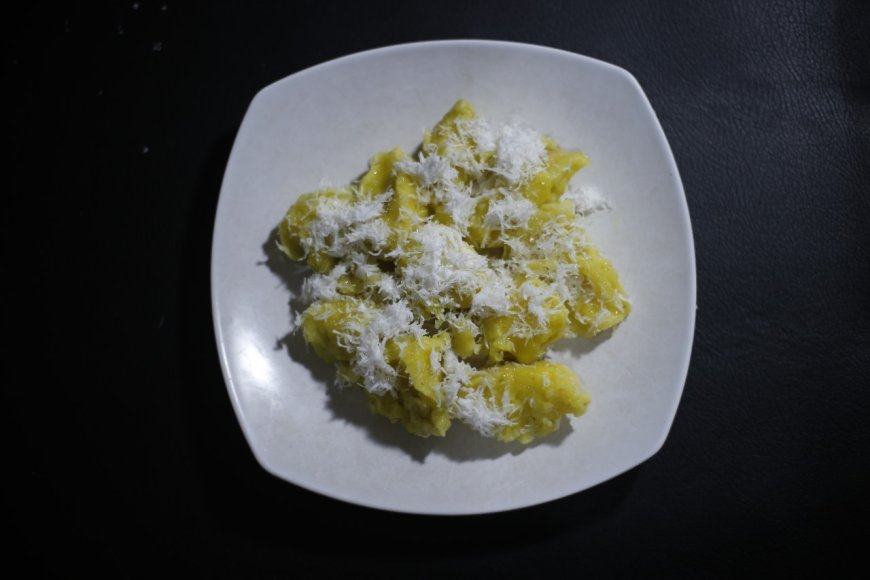
Pisang Rai (Source: Personal Collection)
Pisang Rai is not just a traditional food but a medium that deeply represents the culture and traditions of Bali. The meticulous preparation process reflects the Balinese dedication to preserving their ancestral heritage. This snack frequently appears in ceremonies and family celebrations, symbolizing solidarity and togetherness among family members and communities. Its presence at important moments underscores its role as a cultural symbol that connects present generations to their roots, reflecting the harmony and unity that are central to Balinese life.

Main Ingredients for Making Pisang Rai (Source: Personal Collection)
One of the attractions of Pisang Rai lies in its simple yet skillful preparation, ensuring the right balance of flavor and texture. The bananas used are typically Pisang Raja or yellow Kepok bananas. The preparation begins with boiling 750 ml of water mixed with a pinch of salt and pandan leaves to add a fragrant aroma. Meanwhile, the batter is made by combining rice flour, sugar, water, and salt until it becomes smooth and consistent. Once the batter is ready, the bananas are dipped one by one into the mixture, then placed into the boiling water. The bananas are boiled until they float, then removed and drained. The final step involves rolling the cooked bananas in grated coconut until fully coated, and the Pisang Rai is ready to be served as a delicious traditional snack.
Uniquely, the cooking process for Pisang Rai does not involve frying or preservatives, making it a healthy and eco-friendly food. The use of natural ingredients like rice flour, coconut, and palm sugar reflects the simplicity and authenticity of Balinese traditional cuisine. In some variations, the rice flour batter may be mixed with natural dyes from pandan leaves or butterfly pea flowers to give it a more attractive appearance without compromising its traditional flavor.
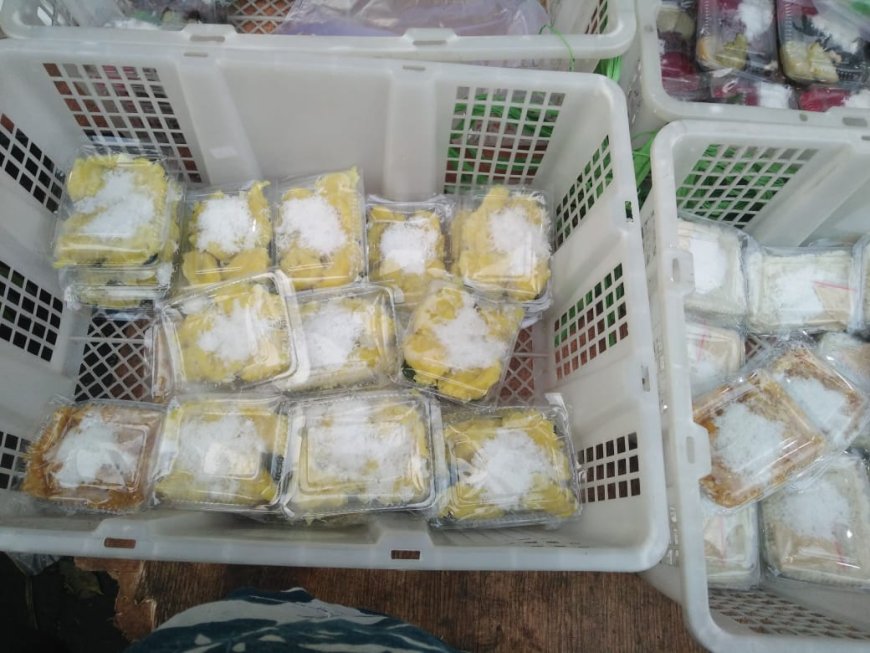
Pisang Rai at the Traditional Market (Source: Personal Collection)
Despite being a traditional snack, Pisang Rai remains relevant to this day. In traditional markets and small eateries in Bali, Pisang Rai continues to be a favorite. Its affordable price and authentic taste make it popular among locals and tourists alike. Nowadays, there are also variations of Pisang Rai with new innovations, such as adding toppings like chocolate or cheese to attract younger generations.
These innovations not only help increase the popularity of Pisang Rai but also contribute to the preservation of Bali’s culinary heritage amidst globalization. However, despite these modern variations, Pisang Rai retains its identity as a simple snack rich in flavor and cultural value. Some communities even organize workshops on making Pisang Rai for the younger generation, ensuring that this tradition is not forgotten.
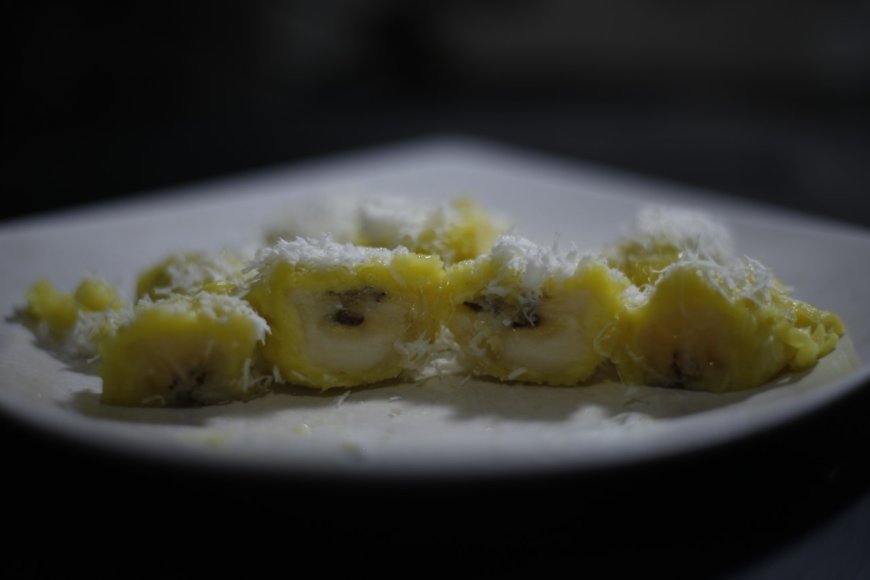
How Pisang Rai Looks From Inside (Source: Personal Collection)
Pisang Rai is not just a traditional snack but also a cultural heritage that reflects the simplicity, togetherness, and local wisdom of the Balinese people. With its distinct taste and simple preparation process, Pisang Rai has stood the test of time and become one of Bali's beloved culinary icons. For those visiting Bali, tasting Pisang Rai is an experience that should not be missed. This dish is not just about the taste, it's a way to connect more deeply with Bali’s meaningful culture and traditions. It is a prime example of how food can serve as a bridge between the past and the present, carrying ancestral heritage into modern life with respect and love.

